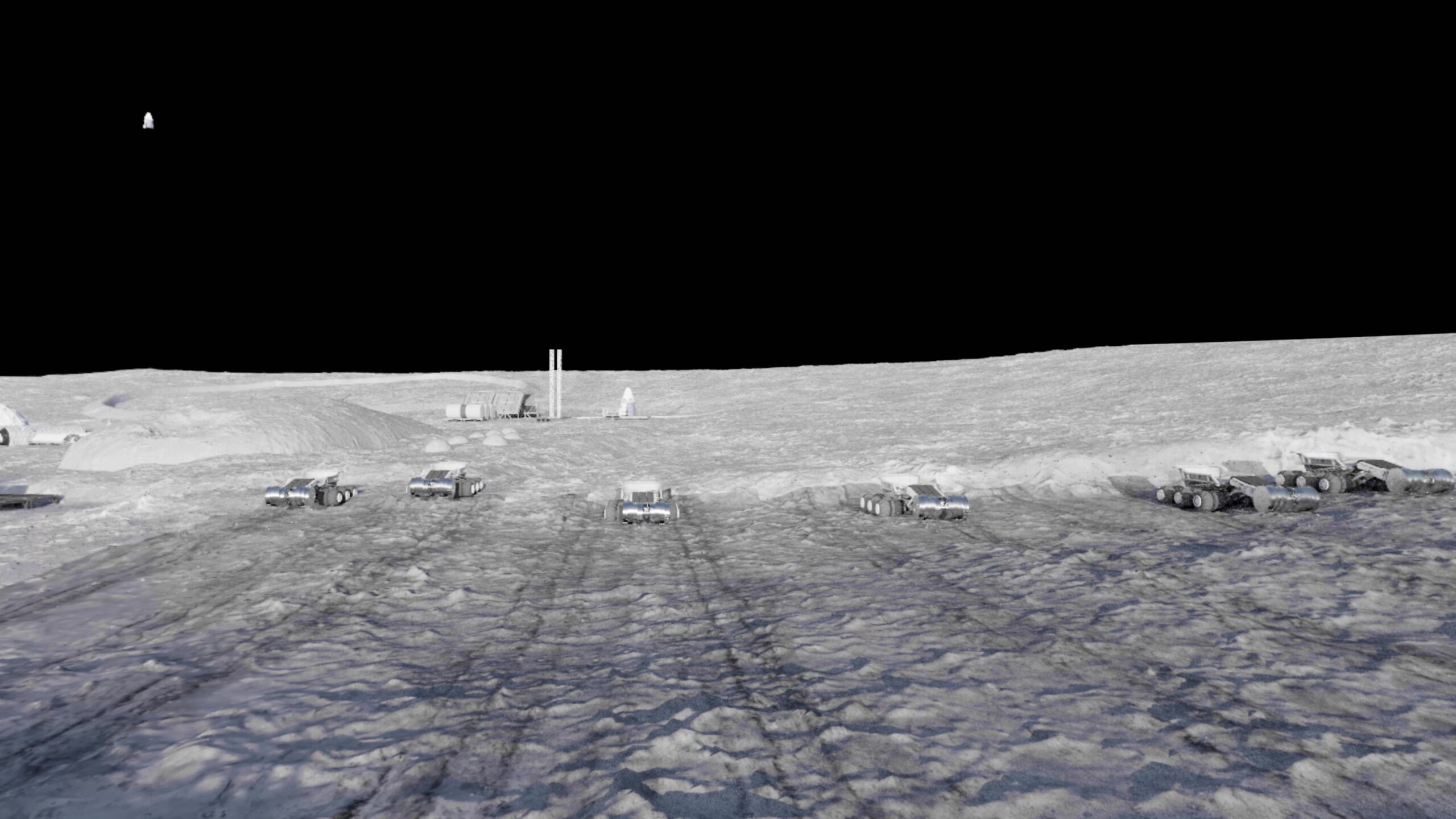Astroport is working with researchers at the University of Texas, San Antonio, to invent an induction furnace nozzle that heats up lunar regolith so that it can melt, then solidify, into bricks. A number of specialized robots would then assemble the materials into landing pads that can accommodate robotic and crewed missions to the Moon’s surface. In addition to the company’s work on lunar technologies, it has also created concepts for future human missions to Mars.
The extraterrestrial infrastructure envisioned by the companies has been beautifully visualized in concept art and videos, but these projects are still in the development phase and could take decades to materialize, assuming they do at all. Even so, the presentations this week at H2M provide a glimpse of a possible future that places humans back on the Moon and, eventually, onward to Mars.
Sam Ximenes, founder and CEO of XArc Exploration Architecture Corporation, also offered a sneak peek of the lunar technologies in development at the XArc subsidiary Astroport. Ximenes and his colleagues at Astroport are focused on making Moon bricks out of lunar regolith that can be used to construct landing pads, as part of their “Lunatron” bricklayer vision.
“Bricks are a basic building material here on Earth that are used in all kinds of applications from roads, to foundations, to structures,” Ximenes said. “We’ve been able to make the bricks in a vacuum” which is “very important because we have to be able to prove that we can work in the same environment as on the Moon.”
